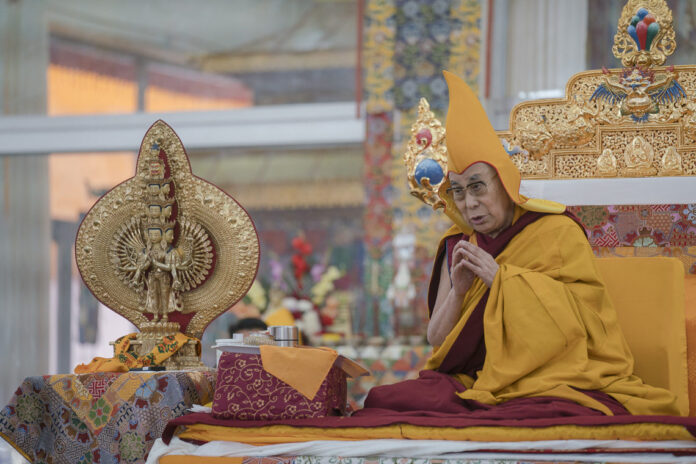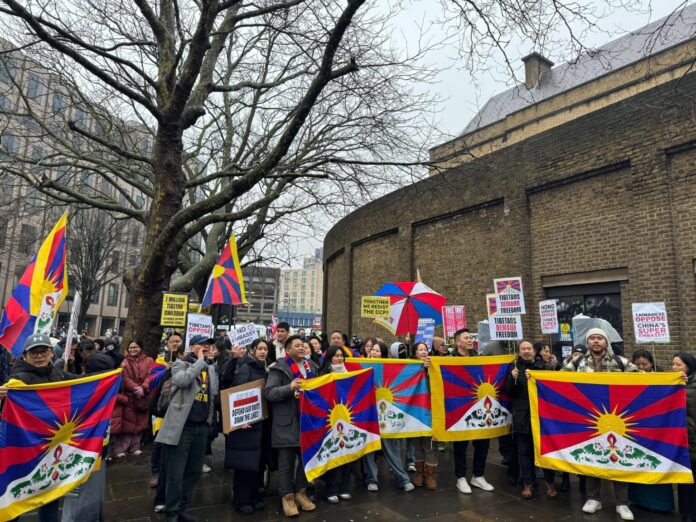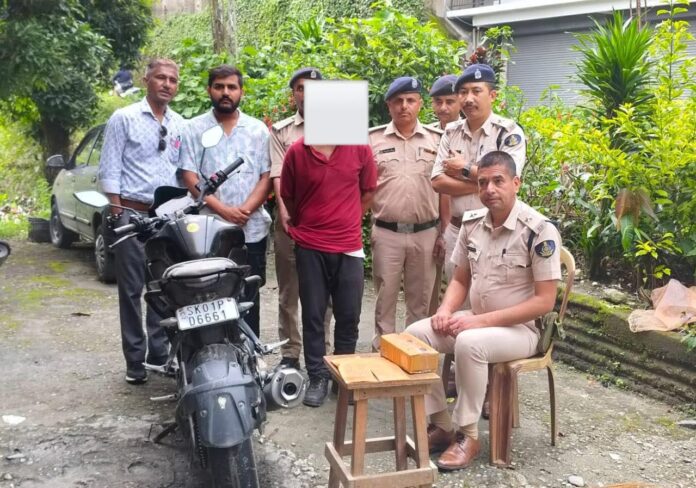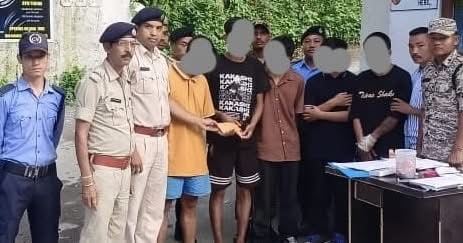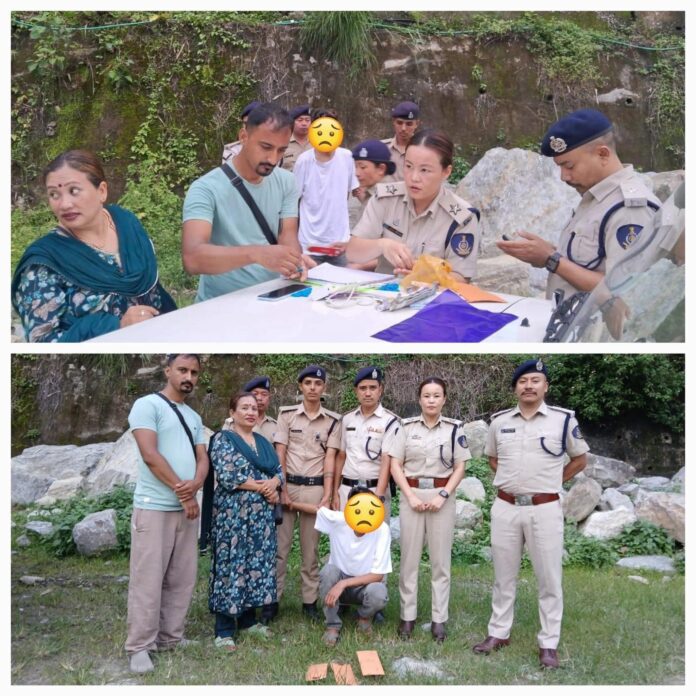The European Union voiced grave concern over China’s interference in Tibetan religious affairs during the 40th EU-China Human Rights Dialogue held in Brussels. The EU urged Beijing to respect religious freedoms, particularly criticizing its stance on the reincarnation of His Holiness the 14th Dalai Lama and the continued disappearance of the 11th Panchen Lama.
EU officials underscored that the succession of Tibetan spiritual leaders must align with Tibetan Buddhist traditions and remain free from state control. They also pressed China for transparency on the fate of Gedhun Choekyi Nyima, who was abducted in 1995 at the age of six after being recognized as the 11th Panchen Lama by the Dalai Lama. His whereabouts remain unknown 30 years later, despite repeated international calls for his release.
The EU presented a list of emblematic Tibetan cases, urging the Chinese government to improve the treatment and ensure the release of several imprisoned religious and cultural figures. This includes Go Sherab Gyatso, Tashi Dorje, Anya Sengra, Tsongon Tsering, Drugdra, Lobsang Khedrub, and Lobsang Gephel, who have faced persecution for advocating Tibetan identity and spiritual autonomy.
The Dialogue was preceded by a field visit to South Tyrol, Italy, where EU officials examined minority rights frameworks and autonomy models, encouraging China to explore similar peaceful mechanisms in its governance of ethnic minorities.
While recognizing China’s rapid economic growth, the EU emphasized that sustainable governance requires a rights-based approach—one that upholds cultural freedoms and the dignity of minority populations.
Representative Rigzin Genkhang from the Office of Tibet in Brussels thanked the EU for standing firmly with the Tibetan cause, calling the statement a “lifeline of hope” for Tibetans fighting for cultural survival and spiritual freedom.
The next round of the Human Rights Dialogue is scheduled for 2026 in China.


